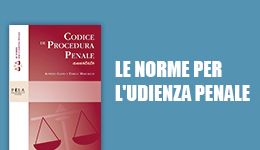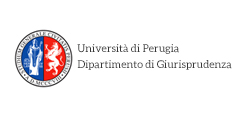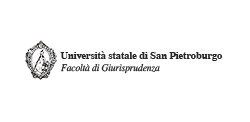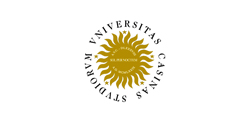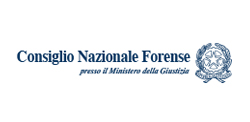Pluralità e autonormazione nel d.lgs. 231/01 Muovendo dal proprium degli enti ecclesiastici civilmente riconosciuti
Archivio Penale
© dell'autore 2022
Ricevuto: 05 May 2022
| Accettato: 23 May 2022
| Pubblicato: 25 May 2022
L’intero articolo è disponibile
Riassunto
Il contributo affronta il tema della posizione degli enti ecclesiastici civilmente riconosciuti all'interno del sistema di responsabilità amministrativa da reato ex d.lgs. 231/01 come significativo esempio della pluralità dei destinatari di tale normativa, evidenziando l’esigenza di individuare modalità di coordinamento tra questa e il modello di organizzazione di cui all’ente è fatto onere di dotarsi che valorizzino in chiave inclusiva la specifica alterità di tale fonte di autonormazione. L’approccio adottato consente di valutare il sistema della responsabilità amministrativa da reato non solo quale rete di fonti, ma altresì come percorso e come laboratorio, che recepisce e sperimenta nuovi strumenti di prevenzione e risposta al reato, in continua comunicazione osmotica con il sistema sanzionatorio per le persone fisiche, con interessanti implicazioni per la riflessione sulla teoria generale della pena e sull’opportunità di preservare con coerenza ordinamentale, soprattutto in ottica strategica e di efficacia preventiva, il carattere personalistico del diritto penale.
Plurality and self-regulation in d.lgs. 231/01. Moving from the proprium of civilly recognized ecclesiastical institutions
The paper addresses the issue of the position of civilly recognized ecclesiastical institutions within the system of administrative responsibility for crime ex d.lgs. 231/01 as a significant example of the plurality of recipients of such legislation, highlighting the need to identify ways of coordination between this and the organization model – of which the institution is charged to equip itself – which could inclusively valorize the specific otherness of this source of self-regulation. The adopted approach allows to assess the system of administrative liability from crime not only as a sources of law network, but also as a pathway and a laboratory, which implements and tests new tools for preventing and responding to crime, in a continuous osmotic communication with the sanction system for human subjects, with interesting implications for the reflection on the general theory of punishment and on the opportuneness of preserving with orderly consistency, above all from a strategic and efficaciously preventive point of view, the personalistic character of criminal law.
Percorso di valutazione
Peer reviewed. Certificazione della qualità



